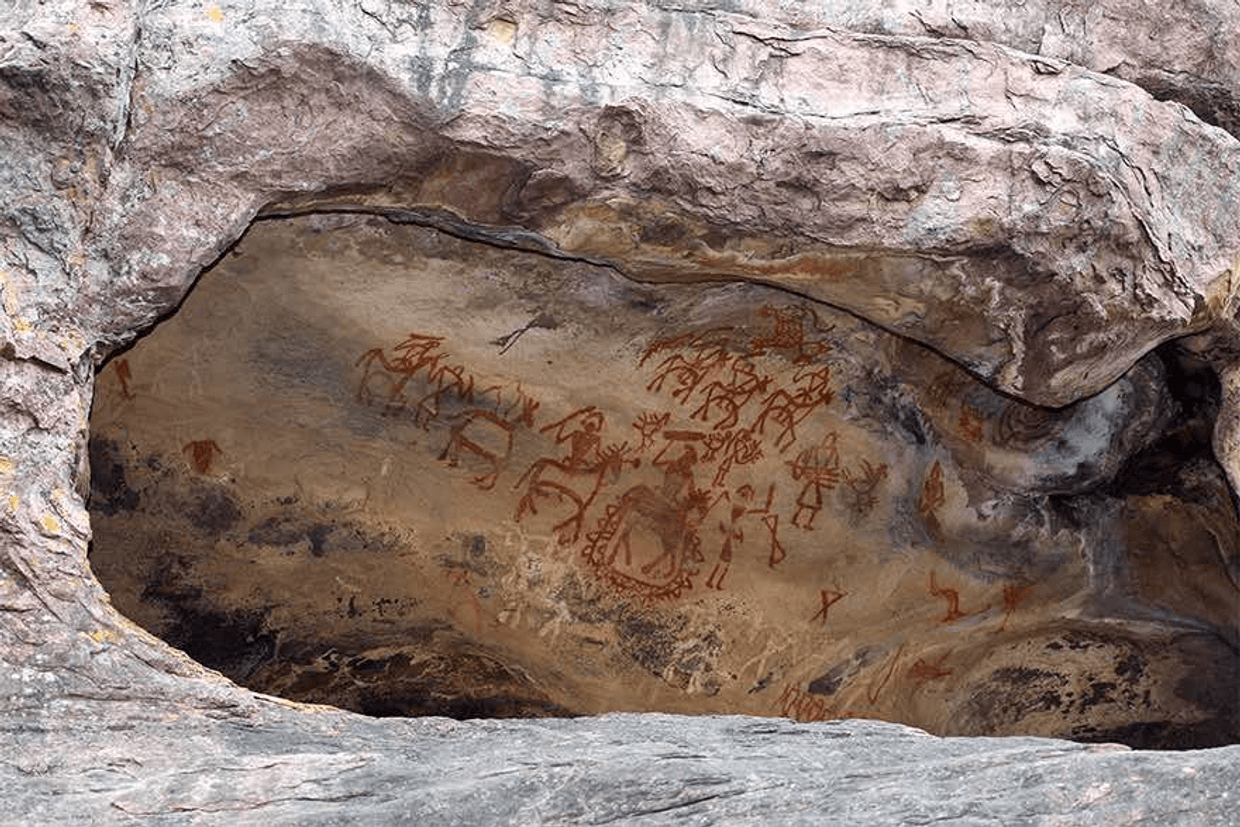The Archaeological Survey of India (ASI) is an Indian government agency, under the Ministry of Culture, that is responsible for archaeological research and the conservation and preservation of cultural historical monuments in the country. The Bhimbetka rock shelters are an archaeological site in central India that spans the Palaeolithic and Mesolithic periods. It exhibits the earliest traces of human life in India and is “stone carved” evidence of the Stone Age. The Bhimbetka Rock Shelter has the oldest-known rock art in India, as well as is one of the largest prehistoric complexes to be seen. Cave paintings date back approximately 30,000 years. Rock shelters that were home to humans, millennia ago, are an archaeological treasure. The 3D models, pictures, and videos of the site are kept in AWA and will offer a great insight for the future generations and will be a very rich resource for research of millions of years of history and tracking the evolution of man over thousands of years.
Read more about Archaeological Survey of India (ASI):
https://asi.nic.in/Other collections
GitHub
All of GitHub's active public repositories
In their second deposit, GitHub preserved a snapshot of all active public repositories on its platform into AWA in July...
GitHubUniversity of Pisa
Egyptian manuscripts
Pisa University deposited manuscripts including those of the Egyptologist Ippolito Rosellini, which still constitute an indispensable tool for scholars of...
University of PisaNational Museum Brasilia
Art from Brazil
The National Museum of the Republic has deposit digitized works of art that represent the collection of well-regarded Brazilian painters...
National Museum Brasilia



